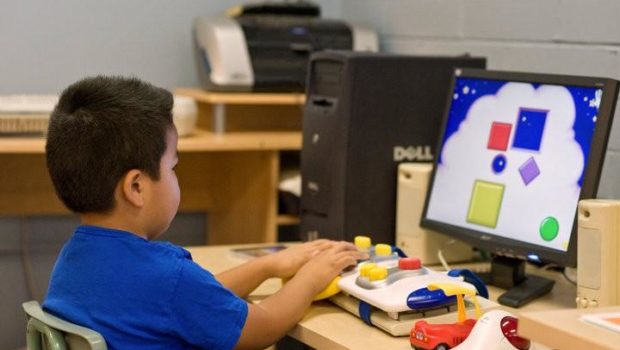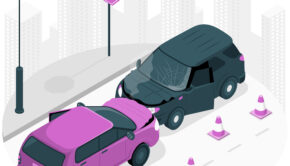How Assistive Technology Helps Kids With CP Learn
Children with cerebral palsy often find that their condition leads to several roadblocks when it comes to education. Cerebral palsy can pose many challenges. However, fortunately, due to assistive technologies, many of these obstacles, which once seemed insurmountable, are now merely bumps in the road, easily overcome on the path to a bright future.
What Is Cerebral Palsy
Cerebral palsy is a group of movement disorders caused by brain damage. The brain damage is typically due to a birth injury sustained during pregnancy, birth, or shortly after birth. The symptoms of cerebral palsy can vary greatly, and the severity can be anywhere from minor movement problems in one arm to affecting the entire body. Some of the more common symptoms are:
- Stiff muscles
- Loose muscles
- Poor balance and muscle coordination
- Tremors
- Slow movements
- Unusual gait
- Difficulty with fine motor skills
While many of the problems concern the movement of the body, after a cerebral palsy diagnosis, several other systems can also be affected. Cerebral palsy can affect a person’s ability to properly swallow, speak, hear, see, or feel. Source: https://birthinjurylawyer.com/cerebral-palsy-lawyer/symptoms/
For children with more severe vision problems, text to speech programs can prove quite beneficial. These problems can make getting a proper education very difficult without help from assistive technology.
Helping With Hearing
Because many students with cerebral palsy have difficulty hearing, digital hearing aids that are rechargeable or cochlear implant can make all the difference. A cochlear implant is a type of hearing aid that is surgically implanted to help a person with hearing loss. The implant shuns the standard acoustic hearing process in favor of electric signals, which stimulate the auditory nerve.
If your child can not hear properly, then they can not get all the information they need to properly learn in a classroom setting.
Speaking Up
Many of those with cerebral palsy have difficulty speaking due to various issues with the tongue, throat, and vocal cords. Because of this, it can be very difficult for a child with cerebral palsy to ask questions about lessons in the classroom. Without an assistive communication device, it is quite challenging for children unable to speak to participate in group discussion, making all group activities nearly impossible.
An assistive communication device helps children with cerebral palsy to advance not only in academics but to advance socially as well. Being able to speak with their classmates greatly improves their ability to form friendships and helps to normalize their lives.
Improved Vision
Being able to see what is happening in the classroom is incredibly useful for those when trying to follow along with a lesson. Aside from glasses, there are other instruments that can be used to help aid a child with vision difficulties at school. Magnifying sheets placed over textbooks can help a child to read texts more easily.
For children with more severe vision problems, text-to-speech programs can prove quite beneficial. These programs are particularly useful for kids with cerebral palsy who have vision problems. Since these children have upper-body mobility issues, it can be very difficult for them to learn to read Braille as other visually impaired children might.
Even those who can move their finger across the paper to read Braille may have dulled sensation in their extremities and not be able to properly feel the bumps beneath their fingertips.
Other Technology
These are just a few examples of assistive technology that is available for children with cerebral palsy to help them succeed in their education. There are many other devices on the market, and new technologies are constantly in development. The prospects for children born with cerebral palsy today are much brighter than they were for those born with the condition 50 years ago. In another 50 years, they will likely be brighter still.
Of course, the hope is that someday none of these technologies will be necessary. There is currently no cure for cerebral palsy. However, just as researchers are constantly looking into new assistive technologies, others continue to pursue medical advancements.
Any condition caused by brain damage is difficult to repair. Mainly because the human brain is one of the most complex systems. Despite that, though, we do continue to make strides in understanding it. Given enough time, it seems logical that the research being done will lead to discoveries on how to repair and reverse the damage.
















